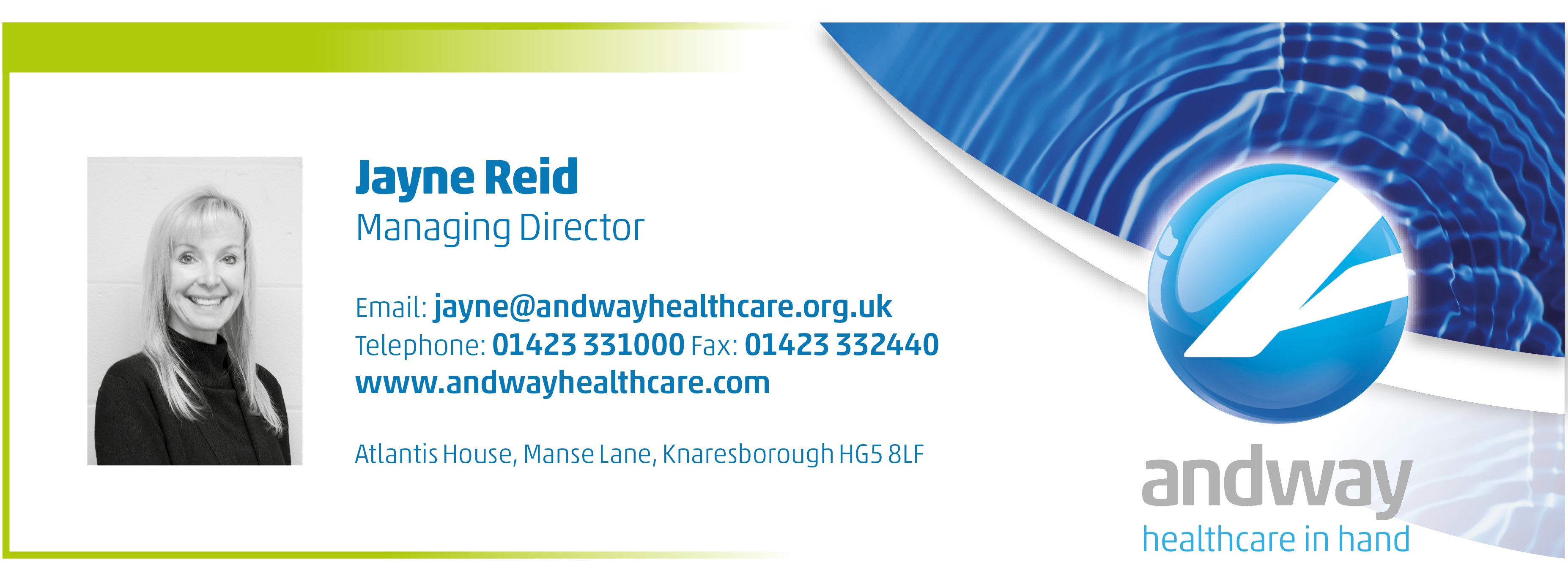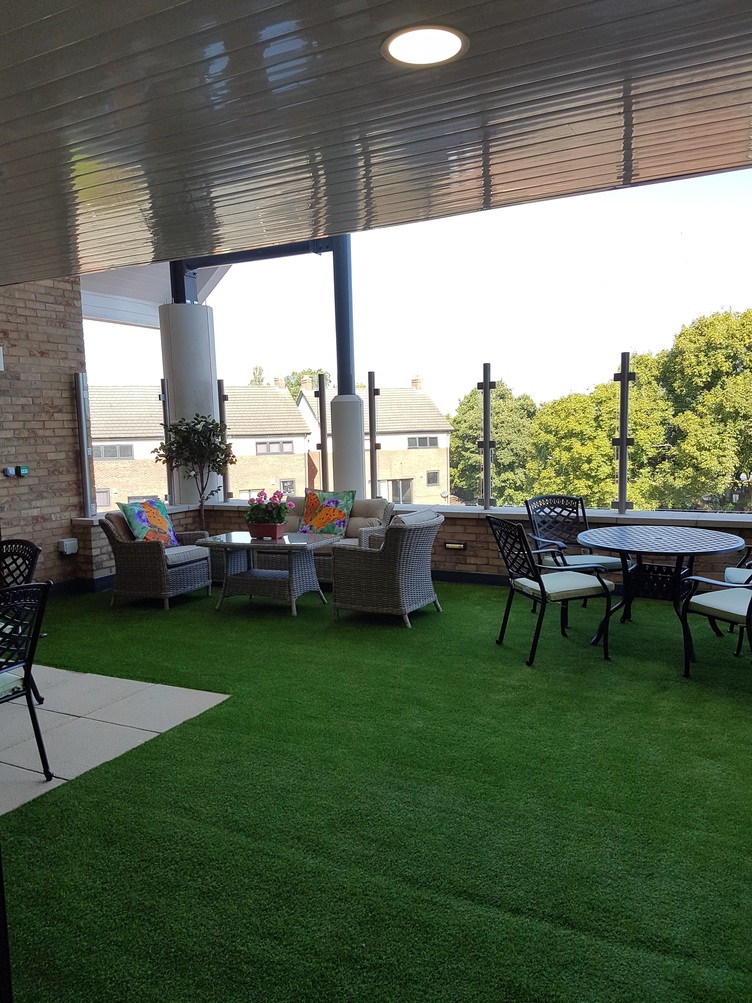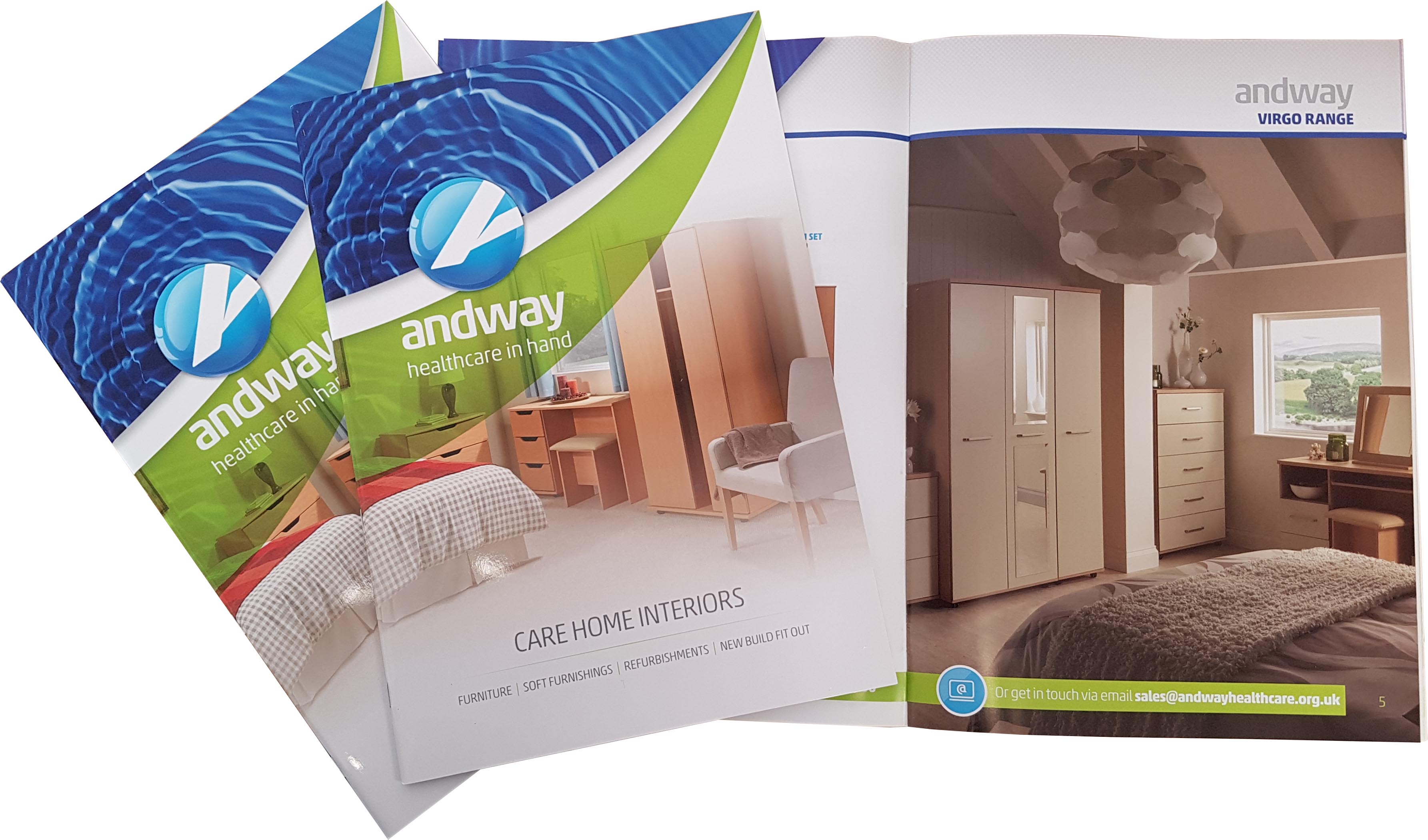Vinyl Glove Shortage due to China’s Pollution Crisis
In the back end of 2016 the Chinese government took steps to tackle their pollution levels that have reached an all-time high. China has relied heavily on coal to assist it in becoming the second largest economy in the world and is now starting to pay the price. As a high producer of low cost goods, production levels have seen a major increase over the years, with little regard given to the effects on the environment. Using coal to make electricity has added to the build-up of smog in the Country and drastically led to increased pollution levels.
Why is there a shortage?
In Northern China, a major production area of vinyl, the Chinese government enforced a 45-day production ban on vinyl glove factories as well as other manufacturers that were producing high levels of pollution. This led to a backlog in the supply of vinyl gloves globally.
All businesses that sell and use vinyl gloves have been affected in some way, even those that were savvy and foresaw the crisis and ordered more stock in advance have seen major price hikes and availability not meeting demand. The cost of vinyl has increased up to 55%, Andway Healthcare have managed to absorb some of this cost but like most distributors have had to pass some of this on to our Customers.
Is the Crisis Over?
Inspections in Beijing have shown that an excessive number of Factories are still violating air pollution regulations, up to 70%, according to the National Media in China. More emissions are being churned out than allowed, factories don’t have the correct license or didn’t follow the correct air pollution procedures. This has meant the government has had to set up a team of environmental police tasked with reducing pollution levels and the consumption of coal by 30% by the end of this year (2017).
Some factories are still being audited and are showing they are still not meeting pollution levels. This will inevitably mean that some factories will remain closed, some older factories sadly may not open their doors again. Shipping volumes in Northern China have therefore declined.
Long term options include moving production to other countries such as Vietnam, Cambodia or India who’ll have to go some way to establish such a streamlined network to match China.
How can you get your gloves…?
So, whilst the crisis may be ongoing and somewhat out of our hands, we are taking steps to make sure we are taking all the steps we can to ensure that our customers still have access to stock.
Andway will continue to ensure we get you the best price possible on Vinyl gloves, we also have a wide range of alternatives some of which are latex free and excellent for those that have allergies, call one of our Sales Team on 01423 331000 or get in touch - to discuss your options.










